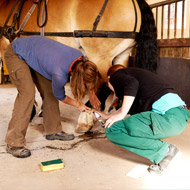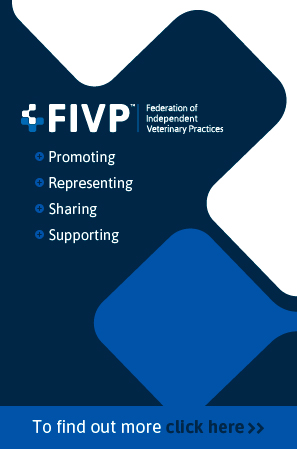Study provides new insights on equine lameness

Lameness is one of the major reasons why horse owners seek veterinary advice.
An RVC-led study that will help vets investigate lameness is to be published in the Equine Veterinary Journal.
The paper relates to the use of withers movement - a new parameter that is consistent with the ‘rule of sides’ that vets use in lameness examinations.
‘Withers movement, which is extremely difficult to perceive by eye but can be measured with technical aids such as cameras or inertial sensors appears to be a good indicator of this 'rule of sides' and can give vets more confidence in determining the origin of a lameness,’ the RVC said in a press release.
‘It will help vets in practice pinpoint the location of lameness more quickly, making assessment easier for horses’.
Lameness is one of the major reasons why horse owners seek veterinary advice. Although there are two common signs - the head nod and the hip hike - some horses might show both or may display what is known as a referred or compensatory lameness.
The RVC explains that the latter happens when a horse experiences pain in one of its hind limbs and shows adaption to its hind quarter movements. The horse then tries to offload force production to one of the front limbs, and then also gives a head nod.
‘This complicates the search for the underlying reason of the lameness, since horses, unlike humans cannot direct the veterinarian through verbal communication,’ explains the RVC.
'Lameness investigation can be likened to a detective’s work drawing conclusions from clues given by the movement patterns of the horse. This research makes that detection process much easier’.
The study was led by Thilo Pfau, senior lecturer in Bio-Engineering, who collaborated with researchers and vets from Singapore Turf Club and from the University of Agricultural Sciences in Uppsala, Sweden.
The forthcoming journal article is titled ‘Head, withers and pelvic movement asymmetry and their relative timing in trot in racing Thoroughbreds in training’.



 The BSAVA has opened submissions for the BSAVA Clinical Research Abstracts 2026.
The BSAVA has opened submissions for the BSAVA Clinical Research Abstracts 2026.